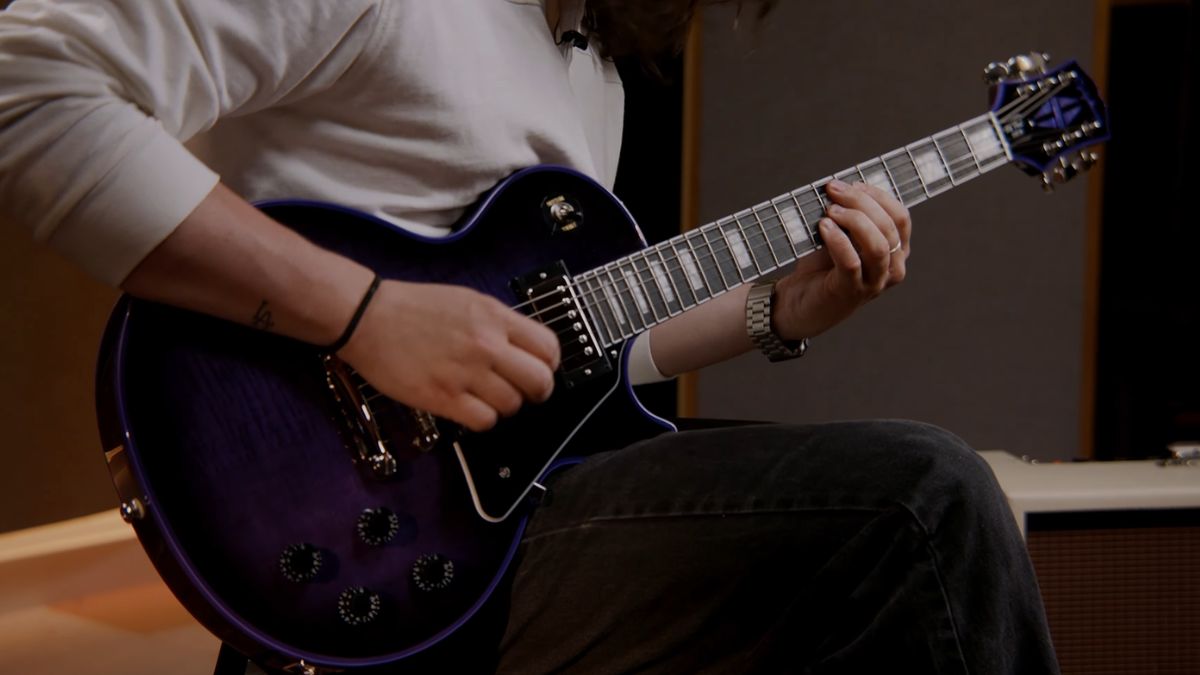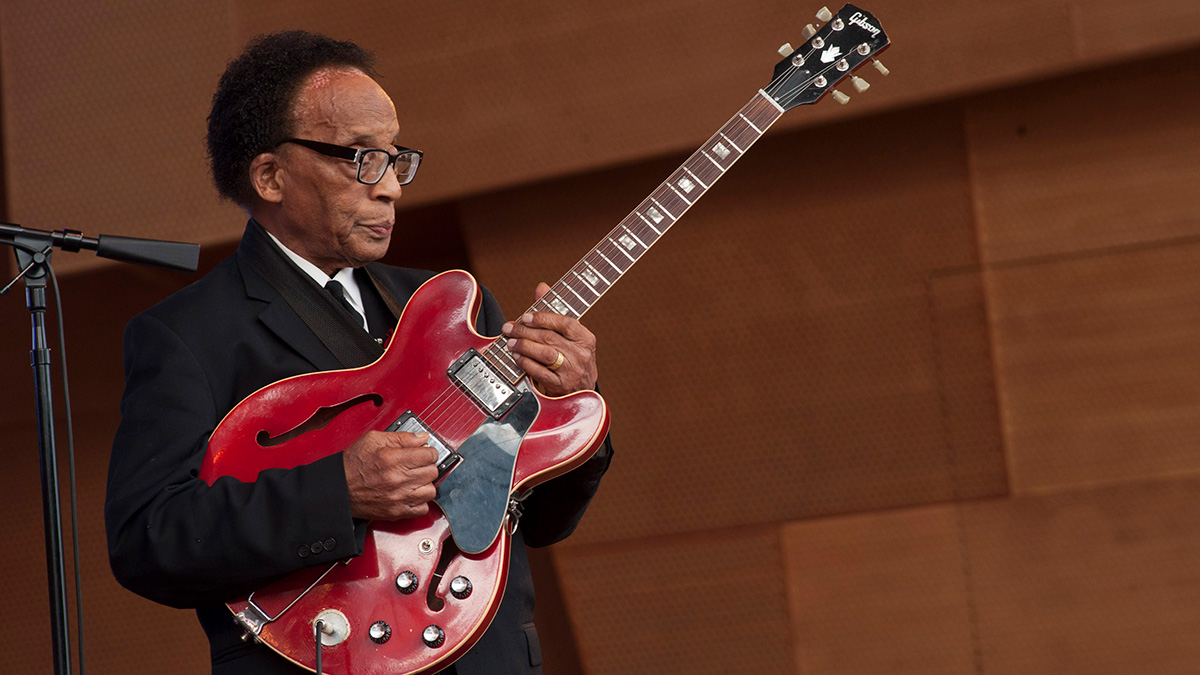“A guitar that's as unique as the journey it represents”: Epiphone tips its hat to tutor extraordinaire Marty Schwartz with deceptively versatile ES-335 signature guitar
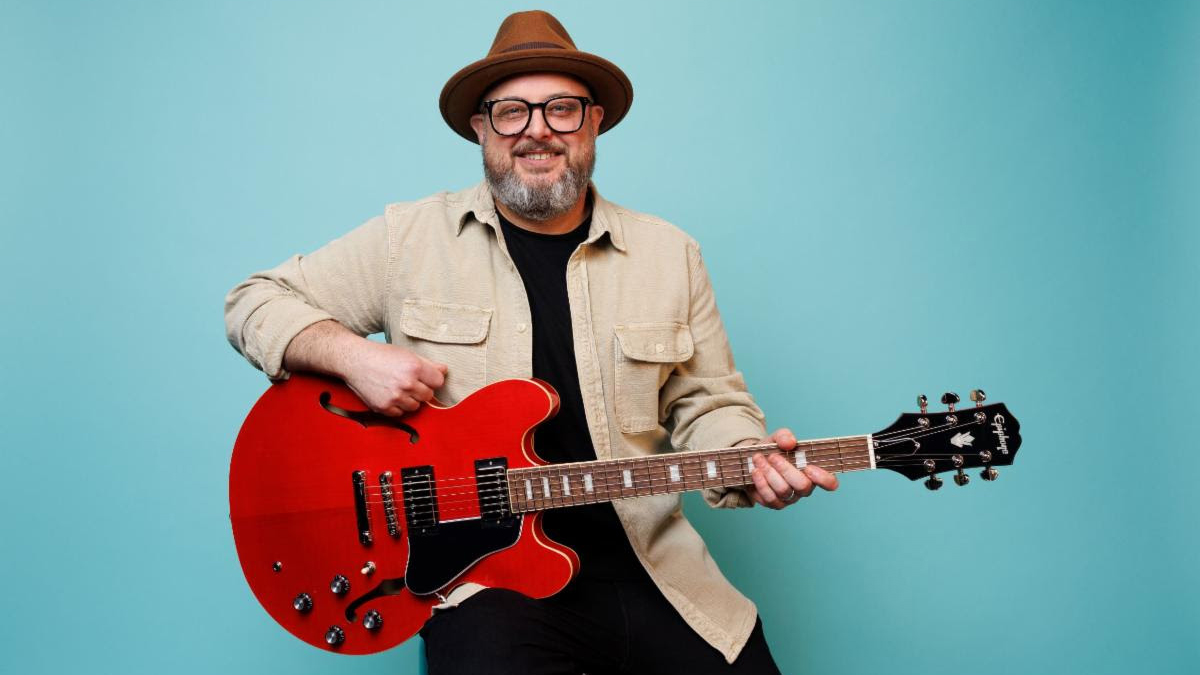
If you play the guitar (which you probably do, if you’ve clicked on this article), you are bound to be familiar with the name Marty Schwartz: guitar education powerhouse whose online lessons and content have racked up more than two-billion views.
Well, to commend the fedora-toting tutor for his services to the guitar world, Epiphone has treated “the people’s instructor” to his very own signature guitar.
It’s a rather nice signature guitar, too – it is, all things told, an ES-335, complete with an AAA flame maple veneer finished in Sixties Cherry.
You know it’s a Schwartz signature because of that emblem – depicting Marty wearing his trademark headpiece, naturally – on the back of the headstock, but otherwise it's just a darn nice Epi 335.
Having said that, there are some neat features here that set it apart from the standard Inspired by Gibson Original Epiphone ES-335. The Schwartz six-string has small block inlays, as opposed to dots, and drafts in Grover tuners over Kluson-style alternatives.
Elsewhere, the pickups are the same – two Alnico Classic Pro humbuckers – but the electronics here are significantly more versatile. Namely, each of the volume pots serve as push-pull coil splits, with the neck tone pot also offering a push-pull phase switch.
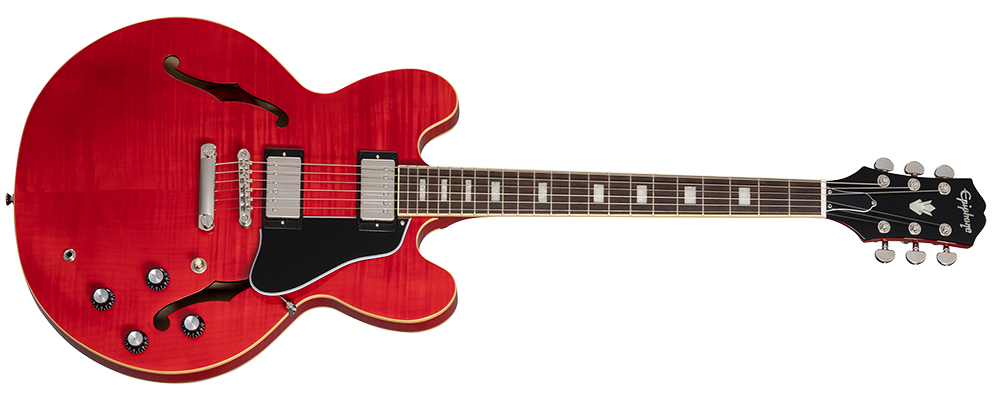
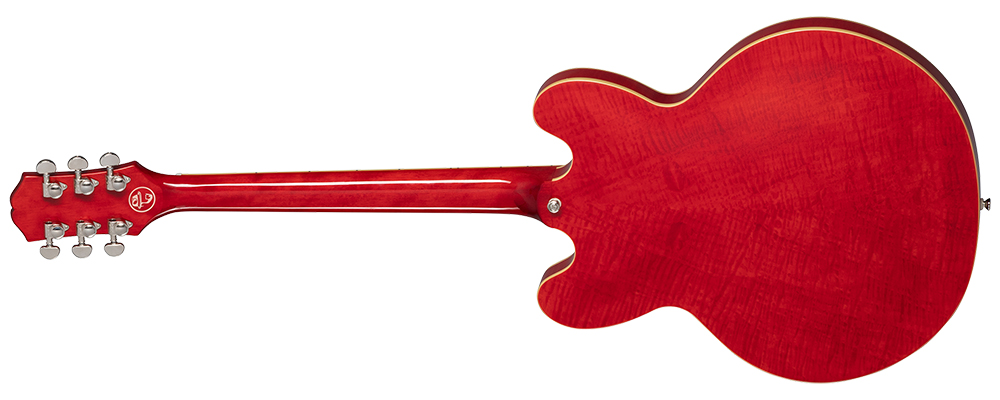
This all makes sense: you need a guitar that can do it all if you’re teaching it all, and the presence of both humbucker and single-coil tones looks to make this semi-hollow a one-stop shop for most sound bases that Schwartz covers in his lessons. At least, that’s what we imagine it’s set out to achieve.
Get The Pick Newsletter
All the latest guitar news, interviews, lessons, reviews, deals and more, direct to your inbox!
Other specs worth mentioning include five-ply layered maple top, back and sides (all decked out in that AAA flame maple veneer) as well as a ‘60s SlimTaper C-profile neck that in turn flaunts a 22-fret Indian laurel fingerboard.
“Teaming up with Epiphone to bring my dream guitar to life is an absolute milestone in my musical journey,” Schwartz said of his new signature. “This guitar embodies everything I love about playing and teaching. We've truly created a guitar that's as unique as the journey it represents.”
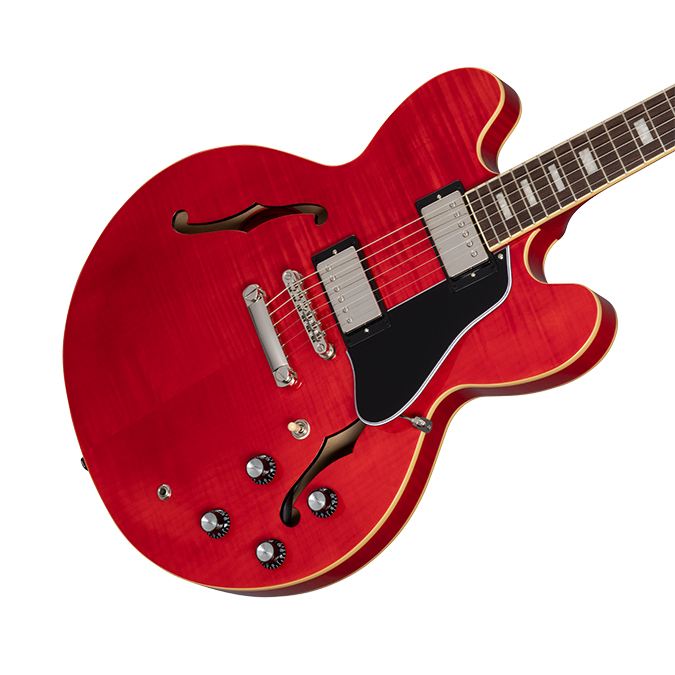
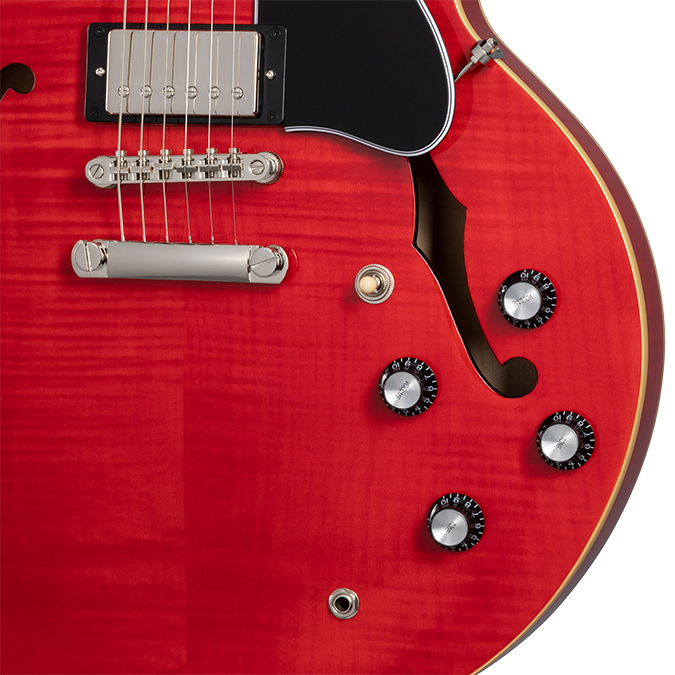
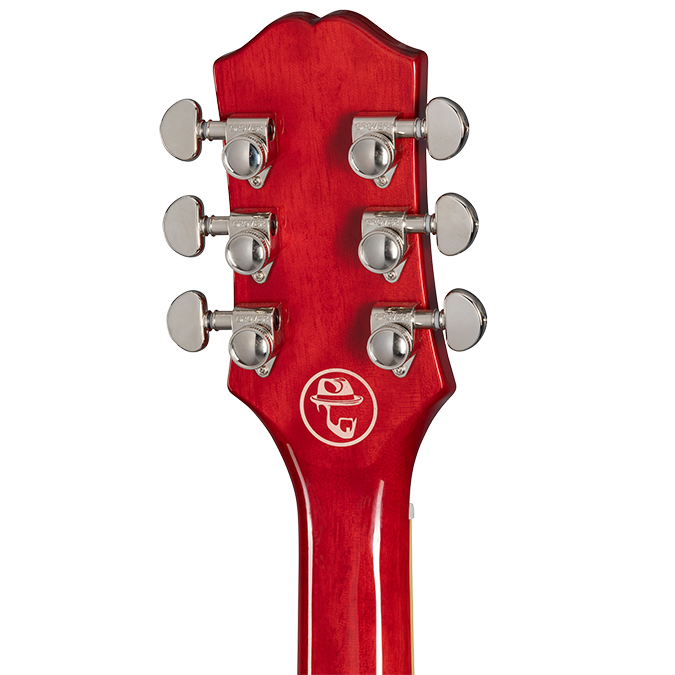
Because of its expanded tonal horizons – and that fedora emblem – this Epi is slightly more expensive than its siblings, though it still comfortably makes the electric guitars under $1,000 category, weighing in at $899.
Head over to Epiphone to find out more, or visit Marty Schwartz's YouTube channel to browse his content.
Epiphone is having a solid year for its signature offerings. Not only has it promised an affordable version of Dave Grohl’s cult classic DG-335, it has also introduced a new-look iteration of Emily Wolfe’s Stealth Sheraton, numerous Adam Jones Les Pauls and an Alex Lifeson Axcess Les Paul.
In fact, it's not Epiphone's first signature ES-335 of the year: that mantle belongs to Jim James, who was given a walnut-finished version in April.

Matt is the GuitarWorld.com News Editor. He has a Masters in the guitar, a degree in history, and has spent the last 16 years playing everything from blues and jazz to indie and pop. When he’s not combining his passion for writing and music during his day job, Matt records for a number of UK-based bands and songwriters as a session musician.
“It holds its own purely as a playable guitar. It’s really cool for the traveling musician – you can bring it on a flight and it fits beneath the seat”: Why Steve Stevens put his name to a foldable guitar
“Finely tuned instruments with effortless playability and one of the best vibratos there is”: PRS Standard 24 Satin and S2 Standard 24 Satin review








